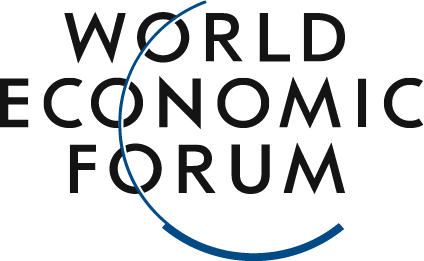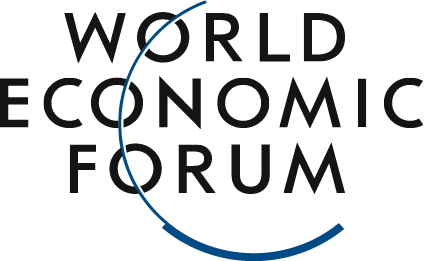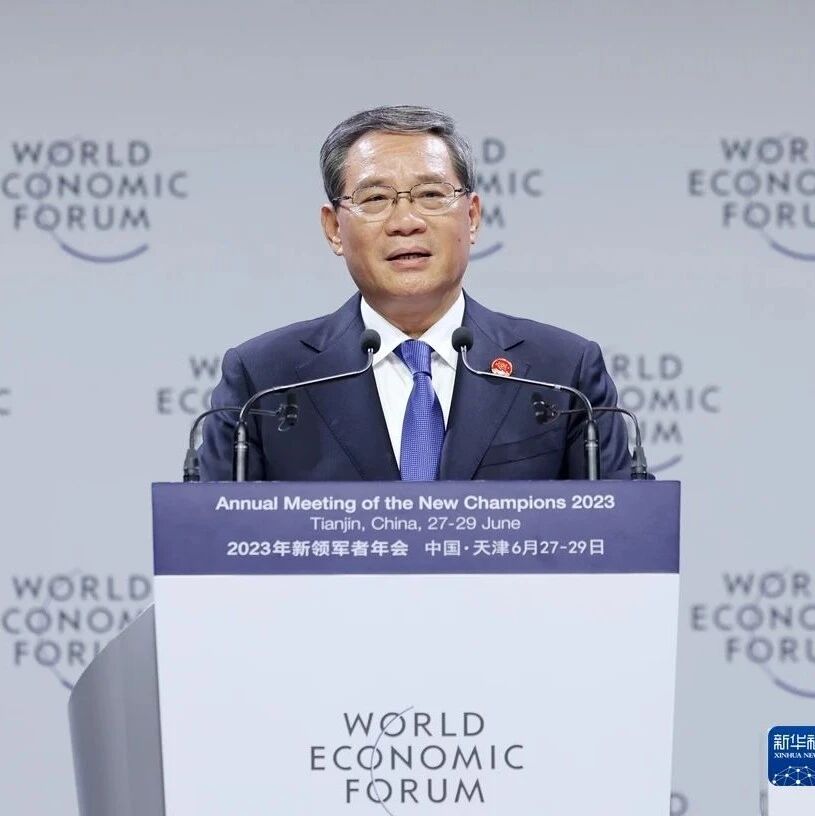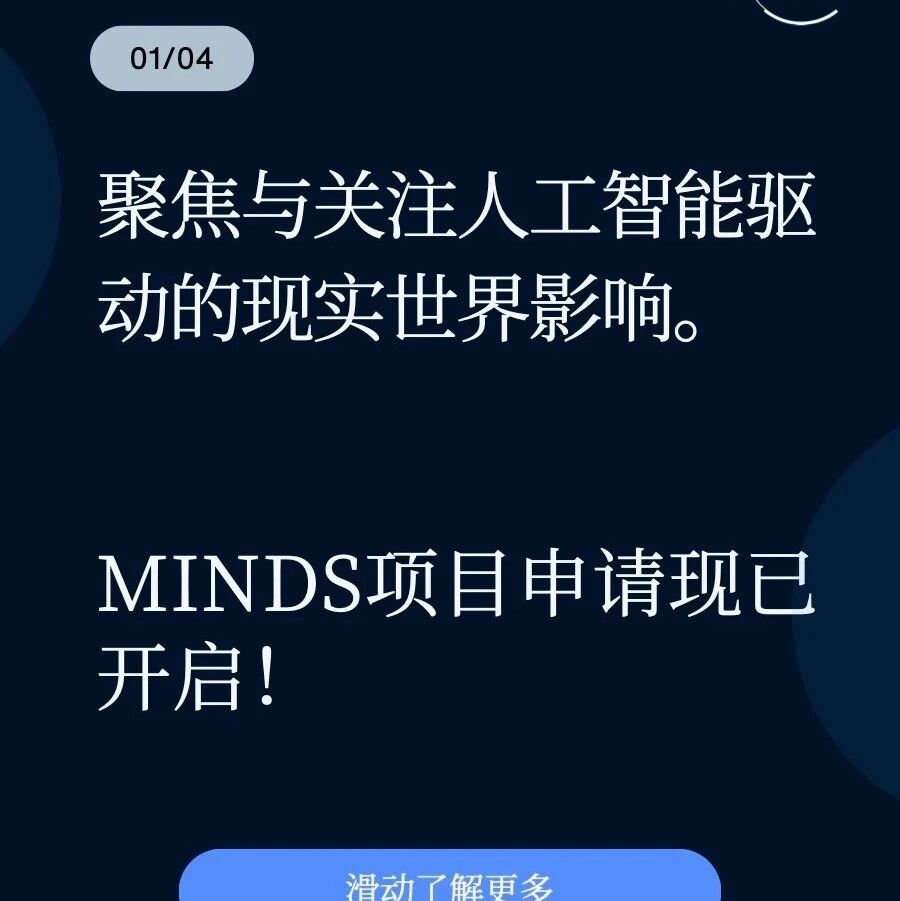More than one-third of seniors express a desire to continue working after retirement.
Image source:Shutterstock/Fizkes
Lawrence Kosick
Co-founder and President of GetSetUp
As population aging drives a global shift in the workforce, businesses and governments must recognize the impact and potential of older adults.
Many seniors aspire to work, enhance their personal skills, and continue contributing to society in a digitally driven world—but they face structural barriers such as age discrimination and the digital divide.
Global leaders must adopt policies that promote lifelong learning, equitable employment practices, and digital inclusion when addressing labor challenges.
As population aging reshapes the global workforce, businesses and governments must recognize the impact—and untapped potential—of older adults.According to GetSetUp’s 2024 Workforce Report, seniors are eager to keep working, enhance their personal skills, and make meaningful contributions in a digitally driven world. However, structural barriers such as age discrimination, the digital skills gap, and limited flexible work opportunities continue to exclude them from workforce participation.Digital platforms like GetSetUp are demonstrating that digital education can bridge these gaps, empowering seniors to achieve financial stability and build confidence in using digital tools—while also addressing the growing labor shortage.Through investment in skills enhancement programs, businesses and policymakers can fully leverage the valuable experience and flexible adaptability of the growing aging population.Older adults pursue lifelong learningSeniors are embracing lifelong learning at an unprecedented rate. GetSetUp has hosted more than 5.27 million learning sessions on a wide range of topics, equipping older adults with essential career and financial skills—as well as tools for healthy aging and more independent living.One area of learning that seniors are particularly focused on is technology and work-related skills, which can help them manage their finances more effectively. A labor report highlights that over one-third (34.6%) of older adults express interest in continuing to work after retirement, with financial security (37.7%) and maintaining social engagement (33.3%) cited as the primary motivations.Their employment aspirations vary widely: some are looking to pursue freelance work, while others prefer part-time roles or are eager to explore entrepreneurial opportunities. Digital literacy plays a crucial role in enabling these transitions, and as a result, the demand for online workforce training is rapidly increasing.Despite their willingness to work, older adults still face significant barriers when re-entering the workforce. The report highlights keeping up with technological advancements (25%) as a major challenge, as rapid tech progress can feel overwhelming. Yet, many seniors have expressed a strong desire to learn digital skills in order to remain competitive in today’s job market.Secondly, they pointed out that ageism (21%) remains a persistent barrier, limiting employment opportunities due to outdated stereotypes about older workers. Additionally, more than 40% of seniors prefer remote or flexible work arrangements, particularly when they’re caring for partners or grandchildren—and also have to manage their own evolving health challenges. Yet, such job opportunities are still not widely available.Addressing these challenges requires a commitment to digital inclusion, equitable hiring practices, and the implementation of labor policies that fully embrace age diversity while remaining adaptable to evolving lifestyle changes.Digital learning enhances workforce inclusivityDigital learning platforms have become a powerful tool for workforce inclusion. In 2023 alone, GetSetUp hosted more than 233,000 courses focused on finance and employment, highlighting the growing demand for career development, financial literacy, and job readiness.In the U.S., partnerships with organizations such as the Senior Community Service Employment Program, regional aging agencies, libraries, and nonprofit groups have further expanded opportunities for skill development—and have helped seniors access these valuable resources, which they often aren’t even aware of, let alone actively seeking out.Projects such as resume building, LinkedIn training, gaining expertise in social media, and mastering key collaboration tools like Google and Microsoft have empowered thousands of seniors to confidently re-enter the workforce.Additionally, digital literacy training—covering topics ranging from email security to financial management—helps bridge the tech gap among seniors, ensuring their safety and keeping them aware of potential online scams.At GetSetUp, our programming continuously integrates the latest technologies—technologies that have evolved this year—to better equip this growing demographic with cutting-edge digital tools, including artificial intelligence and the adjustments it brings. Ultimately, our digital learning resources empower seniors to confidently navigate today’s job market with ease.The benefits of older adults joining the workforceEncouraging older adults to participate in the labor market offers profound economic and social benefits. According to a study published in the American Economic Journal, the aging of the U.S. population is expected to slow down the country’s economic growth: projections indicate that for every 10% increase in the share of people aged 60 and older, GDP could decline by 5.5%. To sustain GDP levels, nations must integrate this vital workforce to ensure long-term economic prosperity.Industries facing labor shortages can benefit from a workforce that is experienced, highly motivated, and eager to contribute. According to a report by the Pew Research Center, "about 19% of adults aged 65 and older are currently employed—up from just 11% in 1987."There are many factors contributing to this phenomenon, including people becoming healthier and living longer, as well as shifting retirement savings patterns—both government-funded and privately held—that now require individuals to stay in the workforce to support themselves. Labor development programs tailored for older adults can help address the economic and labor-market challenges ahead.The narrative around aging and work needs to change. The world is aging, and governments and economies must prepare for this demographic shift. Older adults are not a burden on the economy—they are a vital, experienced, and highly innovative segment of the workforce.Global leaders must adopt policies that promote lifelong learning, equitable hiring practices, and digital inclusion when addressing labor market challenges.These scalable digital solutions prove that age is not a barrier—but rather an asset. We need to move beyond outdated mindsets and recognize that seniors are the key driving force behind innovation in the digital economy workforce.
The above content solely represents the author's personal views.This article is translated from the World Economic Forum's Agenda blog; the Chinese version is for reference purposes only.Feel free to share this in your WeChat Moments; please leave a comment at the end of the post or on our official account if you’d like to republish.
Editor: Wang Can
The World Economic Forum is an independent and neutral platform dedicated to bringing together diverse perspectives to discuss critical global, regional, and industry-specific issues.
Follow us on Weibo, WeChat Video Channels, Douyin, and Xiaohongshu!
"World Economic Forum"





